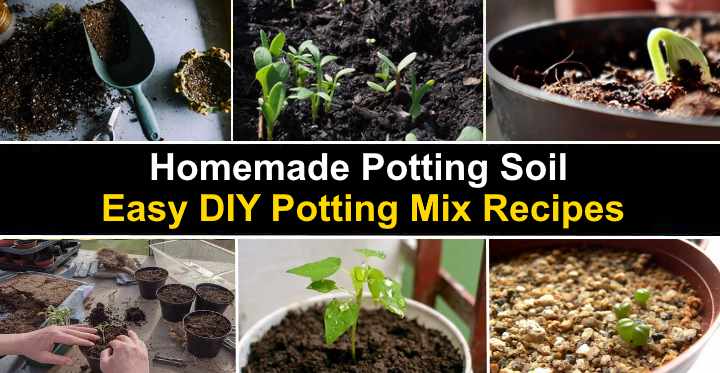Making your own potting soil is simple and cost-effective, compared to purchasing commercial potting blend. You may change the DIY potting mix formulas for any of your potted plants by simply mixing a few components. peat moss, perlite, compost, sand, coco coir, and composted wood bark may all be used in homemade potting mix recipes.
The entire process of making homemade potting soil is covered in this article. Succulents, houseplants, orchids, shrubs, and cuttings are all grown using eight simple potting mix recipes.
Potting Mix vs. Potting Soil

Potting soil and potting mix are a kind of growing medium for potted plants. There is a distinction between the two words, even though they are used interchangeably. Any potting medium that includes dirt (soil) is referred to as potting soil. Potting soil is normally a combination of Dirt and organic and inorganic materials, although it can alternatively be full dirt.
Any growing medium for potted plants that isn’t comprised of soil (dirt) is referred to as potting mix. A potting mix typically consists of organic and inorganic materials, but no soil.
Peat moss, compost, and humus are common organic matter found in potting soil or potting mix. Perlite, vermiculite, and pumice are common inorganic elements used in potting mixtures. To improve soil’s structure, enhance nutrients, increase water retention, and introduce beneficial bacteria, organic components are added to it. To enhance drainage and soil aeration, inorganic components are used in the soil. We’ll use the words potting soil and potting mix interchangeably in this article.
What is Potting Soil?
Peat moss, compost, and perlite or coarse sand are often used in potting soil. Microorganisms and nutrients required for plant development are found in the organic components. They also help keep moisture in place. Air pockets are formed in the potting mix by inorganic components, which help to drainage, promote root development, and oxygenate the soil.
To help houseplants flourish indoors, good potting soil is required. The ideal potting combination is customized for each plant’s needs. Best potting soil mixes result in proper soil hydration. It keeps enough water and lets excess water to flow away, preventing root rot.
Because it may include harmful germs or microorganisms, you should not use soil from your garden in the potting mix. Plant pests and weed seeds may also be present. Since it may lack necessary nutrients and harbor harmful pests, you should not reuse old potting soil when repotting plants. Since it is packed with nutrients and microorganisms needed for successful plant development, fresh potting soil promotes excellent plant development.
Different Types of Potting Soil
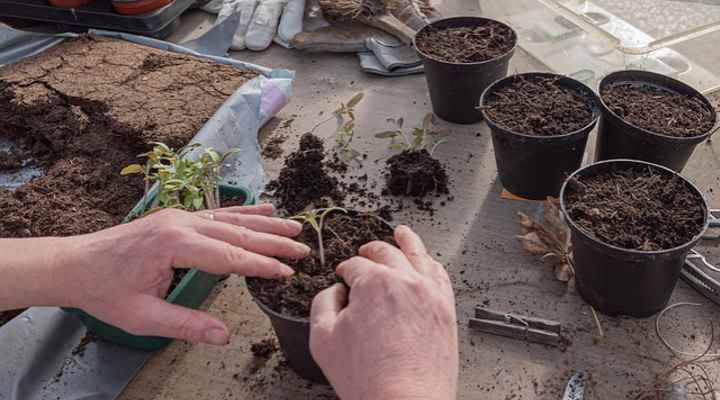
You may create distinct varieties of homemade potting soil using the needs of your plant as a guide. Perlite, grit, and gravel are examples of inorganic additives that aid drainage. Peat moss or composted bark, for example, may increase nutrients and aid with water retention. The various sorts of potting combinations are shown below:
All-purpose potting soil. Half peat, half perlite or grit is the most common potting soil combination. The consistency of the potting soil can be improved by adding composted bark.
Potting soil for cuttings. Perlite, vermiculite, or sand are included in this potting mix, which is loose and contains no soil.
Potting soil for potted trees and shrubs Perlite or coarse sand is mixed with equal amounts of peat or coco coir.
Succulent potting soil. Inorganic matter such as perlite, pumice, or coarse sand should make up a large proportion of potting soil for succulents.
Cactus potting soil The majority of the gravel or grit is mixed with peat moss.
Potting mix for orchids. Orchids prefer a soil-free blend of sphagnum moss, bark chips, and perlite in the cultivation.
Potting Mix Ingredients
It’s important to understand what each of the components does before starting a DIY potting soil. Next, you can modify the potting soil formula to meet your needs for houseplants, succulents, shrubs, or orchids. The following are the components of the potting soil recipes:
Peat moss
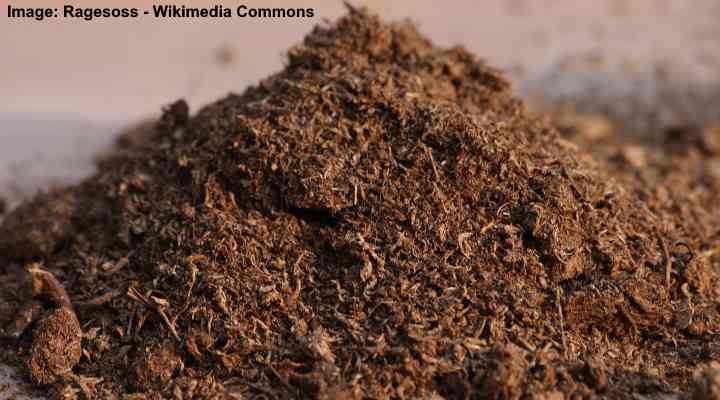
Most commercial and home-made potting soil mixes include peat moss as the major component. Organic material that has broken down over many years forms peat moss. Peat moss is a good option for potting soil because it keeps moisture, supplies nutrients, and is inexpensive.
It’s worth noting that peat moss is acidic. As a result, to lower soil acidity and achieve pH equilibrium, you might need to amend your potting soil with limestone. Since it is mostly composed of sphagnum moss, which is a plant that grows on bogs, peat moss is often referred to as “sphagnum peat moss.”

Unlike peat moss, which has an acidic pH, Sphagnum moss has a neutral pH.
Coco coir
Processing the fiber that covers coconuts produces Coco coir. Coco coir is a brown, crumbley substance that resembles peat. Coco coir is useful in potting soil and soilless mixes since it absorbs water. Coir lacks nutrients, yet it has a neutral pH level, unlike peat.
Compost

Since it’s an excellent soil amendment and adds essential nutrients to the soil, compost is employed in the DIY potting soil. Composting has beneficial microorganisms that help to promote plant development in the soil. Worm castings, grass clippings, leaves, and other organic waste can all be used to make compost. To guarantee that the compost you buy doesn’t include harmful chemicals, it’s best to get organic compost.
Composted wood bark
To improve aeration and supply nutrients, composted wood chips are an ideal way to boost potting mixes. Plant roots have more space to spread and absorb the nutrients in loose potting soil. Wood chippings, on the other hand, help potting soil retain moisture.
Perlite

Perlite is a volcanic material that enhances the drainage of organic potting soils. The process of perlite creation involves passing granules through high temperatures. Small white chips resembling Styrofoam balls are produced as a result of this process. Perlite has a neutral pH, is lightweight, and inexpensive to acquire. It’s perfect for potting soil.
Pumice

Pumice, like perlite, is a product of molten lava. Both substances act as drainage aids in the soil by being porous. Since pumice weighs more than perlite, several gardeners recommend it for tall plants. Perlite is less expensive than pumice in terms of price.
Vermiculite

Vermiculite holds more moisture than perlite and is comparable to it. Plants without soil, seed germination, and root cutting can all benefit from adding vermiculite to their potting soil. For succulents or cacti, don’t use vermiculite in potting soil.
Coarse horticultural sand
In homemade potting mix formulas, coarse sand aids drainage. Water can flow freely through the mix due to the large sand grains, which do not retain any moisture. Succulent potting soil and some cactus potting mixes benefit from coarse sand. Since it may hamper drainage and cause root rot in desert plants and succulents, use coarse sand instead. Crushed granite, aquarium gravel, and poultry grit are some alternatives to coarse sand.
Limestone
To amplify alkalinity, calcium chloride is required in do-it-yourself potting soil recipes. Many houseplants need neutral or slightly alkaline soil, and peat is acidic. To balance pH levels in the potting soil, add limestone.
Fertilizers
For homemade potting soil recipes to be successful, fertilizers are required. Organic-based houseplant fertilizers are the best types. This plant supplies plants with all the nutrients they need to flourish, as well as maintaining their health in pots. Worm tea, compost tea, kelp, and fish emulsion are all examples of organic fertilizers.
How to Make DIY Potting Mix
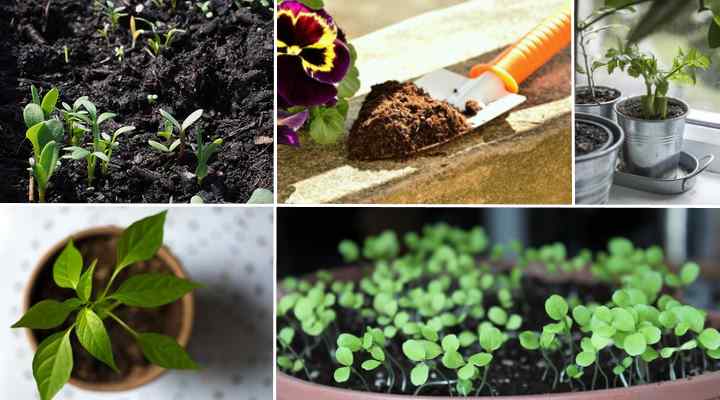
Equal proportions of peat moss and perlite are used in a basic recipe for home-made potting mix. Equal parts of peat moss and perlite are used in the basic process of making home-made potting soil. Using a trowel, thoroughly mix the ingredients in a large bucket. If you want to change the proportions or add other items to your own potting mix, do so.
The potting soil ingredients, a huge jar for measuring, a bucket, and a respirator are all required for making the DIY potting soil. “Parts” of the DIY potting soil instructions specify amounts of various ingredients. The amount of each ingredient varies depending on how much soil you are making.
Keeping the ratios the same is most important. Put on a safety mask and then dump all of the ingredients into the bucket. Mix thoroughly.
Homemade Potting Soil Recipes
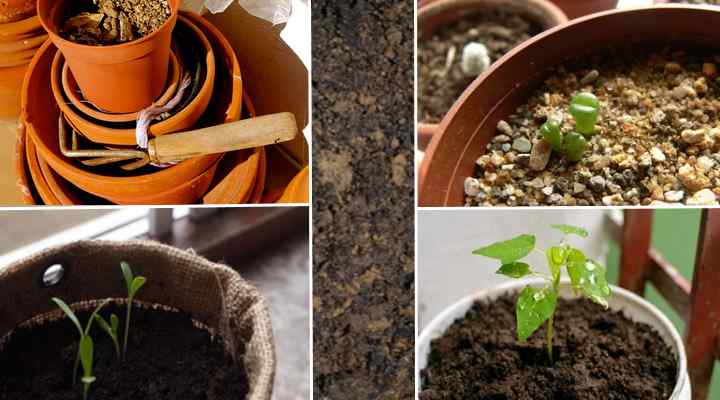
Making potting soil is easy at home. You may combine the components to form an ideal growing medium for any potted plant, with a few basic ingredients. Here are eight homemade potting soil recipes to try.
All-Purpose Potting Soil Recipe
A houseplant potting soil consists of nutrients, retains water, and prevents the soil from becoming too moist. All-purpose potting soil is made as follows:
- 2 parts coco coir or peat moss
- 1 part compost
- 1 part pumice or perlite
- If you use peat moss, a tablespoon of ground limestone
Potting Mix Recipe for Cuttings
For cuttings to thrive, a soilless potting mixture that provides adequate oxygen and space is required. For cutting, use the following potting mix recipe:
- 1 part coco coir or peat moss
- Coarse sand or 1 part perlite
You can alternatively root cuttings with moistened vermiculite. To help keep cuttings moist, vermiculite has excellent water retention.
Potting Mix Recipe for Starting Seeds
The right type of seedling soil is required for growing plants from seeds. The potting soil should be light, retain water well, and drain quickly. For growing seeds, follow the following recipe:
- 4 parts peat moss, for example
- 1/2 part perlite or coarse sand
- Vermiculite 1/2 part
- A quarter-teaspoon of limestone is added.
Succulent Potting Soil Recipe
Succulents are drought-tolerant plants that need a potting soil that drains quickly but retains just enough moisture. Succulents need the following basic potting mix:
- Compost or coco coir
- Partially-porous paddy is used in this structure.
- Horticultural sand is a component.
DIY Recipe for Cactus Potting Soil
Succulents need potting soil that is comparable to cactus, but with a few changes. The majority of the time, potted cactus plants need dry soil. The following is a recipe for cactus soil that you may make at home:
- Compost or coco coir is used in one part.
- Coarse gravel is used in place of one-part grit.
- Partially hydrated clay (aka perlite)
In a cactus potting mixture, some people utilize sand, which is not recommended. Cactus potting soil should be coarse enough to allow for good drainage, but not too coarse. Very coarse horticultural sand is the only kind of sand you can use. Cactus soil, on the other hand, prefers gritty, gravel, or crushed stones.
How to Make a Potting Mix for Orchids
A soilless environment is ideal for orchids to grow. Their epiphyte roots need a lot of air to absorb moisture and nutrients from the surroundings, which is the most important thing to remember.
Orchids need the following DIY potting soil:
- Fir bark is divided into three parts.
- Coarse sphagnum moss is chopped in half.
- Part of a 1:1 mix of perlite and vermiculite
Homemade Potting Soil Recipe for Vegetables and Herbs
To grow delicious food, growing vegetables and herbs need a potting mix that contains enough nutrients and microorganisms. To create edible plants, you’ll need the following homemade potting soil recipe:
- Peat moss is used in two parts.
- The three components of composting are:
- Vermiculite is one part.
- 1 part perlite is used to fill the gaps.
- limestone is a 1-teaspoonful teaspoonOrganic fertilizer for edible plants
Recipe to Make Potting Soil for Potted Trees and Shrubs
For houseplants, potted trees and shrubs need a similar potting soil blend. If you’re growing trees or shrubs in pots indoors, however, give this soil recipe a try. For trees and shrubs, use the following home gardening soil mix recipe:
- Compost is made up of three components.
- The majority of peat or coir fiber is used in three parts.
- Composted pine bark is used in two parts.
- Partially hydrated 3/4-inch perlite
- coarse horticultural sand is needed for two parts
Safety Precautions When Making Homemade Potting Soil
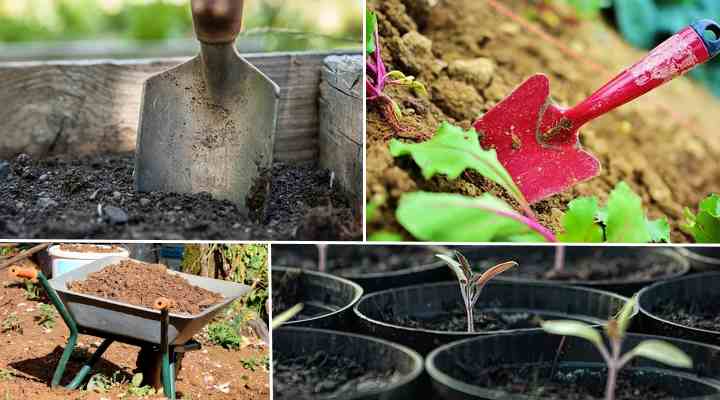
It’s vital to wear a face mask and gloves while making your own potting soil mix to protect yourself. Taking simple steps to protect your health, such as wearing a mask and gloves, can help. Peat moss and other decomposing organic matter may harbor harmful bacteria, even though no poisonous chemicals are used in home potting soil.
Potting mix and compost may include Legionella longbeachae bacteria, according to a medical publication published in 2020. Legionnaires’ disease is caused by this bug. To prevent contamination from potting mix ingredients, try these easy tips:
- To avoid inhaling dust, wear a face mask that filters out tiny particles.
- When handling potting soil components, wear protective gloves.
- After you’ve made potting soil, wash your hands thoroughly.
- Don’t touch your face with filthy hands.
- To guard your eyes, wear safety spectacles.
- To wet dusty components, keep a spray bottle handy.
Where to Buy Potting Soil
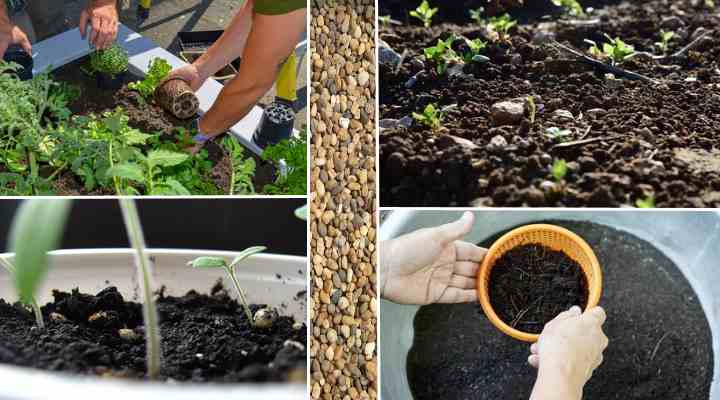
Garden centers, DIY shops, and internet sites all sell pre-made potting soil for houseplants. You may choose to purchase it instead of making your own. Espoma Organic potting mix, Burpee Natural and Organic potting mix, and Miracle-Gro potting mix are all great brands to try.
